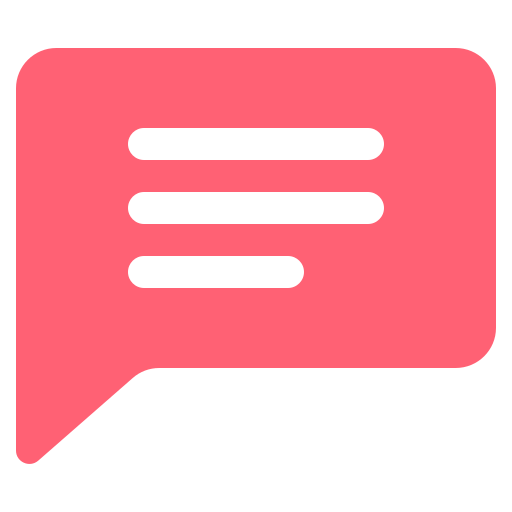I’ve been lucky to have 20/20 vision throughout my 40-plus years. When friends discussed the cost of glasses and the perils of sleeping in contacts, I just listened and felt a tiny touch of pride about my great vision. When my younger sister and I rolled off the highway onto the city-lit streets of Atlanta and she declared she couldn’t see because of the glare of the street lights, I again felt supreme in my stellar vision.
As birthdays carried friends into their 40s, there were spectacles other than sunglasses perched on their heads and tucked in their purses, but I still felt fine with my acute vision near and far. But then things started to change. It was gradual. Words on menus were a little less clear, and sentences in a book were hard to read without holding the book at arm’s length. My time had come. My perfect vision was waning.
Just like changes in skin and hormones, vision change is common in your 40s, affecting nearly 3 million people, according to Mayo Clinic statistics. The need for reading glasses is due to age-related change that causes our eyes to lose the ability to focus on near objects, says Sandra Nassar, an optometrist at CEENTA in Charlotte, North Carolina. It’s called presbyopia.
“Everybody has a crystalline lens in their eye, located behind the iris, that is responsible for one-third of the refractive power of the eye,” Nassar explains. “The lens naturally changes shape, or accommodates, when we look at a nearby object. When we are young, the lens is soft and malleable, easily changing shape to accommodate for visual depth and distance adjustments. As we get older the lens becomes thicker and more rigid, less easily able to change shape. This change in lens structure makes it more difficult to focus on near objects.”
Beyond arm’s reach
The correction for presbyopia used to be bifocals, and though those still exist, the options for cute readers — or bifocals, for that matter — are largely more vast than 60 years ago. But how do you know what power of reading glasses you need?
I started accepting I might need reading glasses by trying on friends’ specs and asking about their strength. Some I tried on made me see double or blurred my vision, and all made my head hurt a little when I took them off and tried to focus on something at a distance. After almost two years of testing out friends’ glasses and joking that I wasn’t there yet, I reluctantly found myself with a few minutes to spare at the grocery store trying on different powers and styles of reading glasses.
Simply stated, reading glasses work like magnification glasses, Nassar says. “Reading glasses that you find over the counter range from +1.00 to +3.00. The higher the power, the closer you would have to hold something to clearly see it without reading glasses. “As the power increases, the focal length decreases — so a higher power will allow you to see things at a closer distance. They also relax the eyes so that they don’t have to converge (move in) as much. This relieves some of the ocular fatigue you may be feeling as you’re ‘trying to make your arms longer.’ ”
Choosing style and power
“Around the age of 40, we start patients off with the lower powers and gradually increase in a stepwise fashion with age,” she says. “When choosing a pair of over-the-counter readers, I usually recommend taking out your cellphone —email, text, et cetera — and holding it at the distance that you feel most comfortable. Then you can try on various strengths of readers, starting with the lowest number, to see which power allows best vision at your desired reading distance.”
Over-the-counter reading glasses work great for some people, but no two individuals are the same, and many actually have a different prescription in each eye that requires a special prescription made just for them.
“It’s always a good idea to get an eye exam every one to two years,” Nassar advises. “If you are noticing a decrease in your near focusing abilities, you can get a pair of over-the-counter readers to hold you over while you make an eye exam to check the health of your eyes and determine the best prescription for you.”
I’ve given up the resistance and will be making an eye appointment soon. A sassy pair of readers will just become part of who I am.
Michele Huggins is a writer and editor based in Charlotte, North Carolina.








